It was 5 a.m. and Thor Belle and I were late. The first beams of light were already slicing through the clouds of a gray Washington morning as the crunch of gravel under our truck tires marked our arrival to the Port Townsend boat launch. When we stepped out of the truck, we heard halyards smacking masts in the adjacent harbor. Just offshore, sailboats tacked back and forth behind the starting line like greyhounds nervous to leap onto the racetrack.For days, there had been speculation about what the early-June weather would do, and big conditions seemed likely. Most of the teams gathered here for the 2019 Race to Alaska (R2AK) were already on the water, and only a handful of smaller craft like ours were still in the final preparations to launch. The pier next to the Northwest Maritime Center was crowded with spectators and race-tracker junkies who had turned out to support the 50-odd teams of crazies. The race, on paper, is straightforward enough: Navigate a boat without a motor and with no outside support from Port Townsend, Washington, to Ketchikan, Alaska. Simple, right? The dory, LOOK FAR, was built in 1978 in Anacortes, Washington, by David Jackson of Freya Boatworks. David, now a marine surveyor, says he built the Hammond 16′ Swampscott dory to plans in the Dory Book, but with a few tweaks. Thor, pictured here, found the boat in the bushes down by the Columbia River, where it had been sitting for the last ten years or so, half-heartedly covered and just waiting for some fools to come along and give it a second life. The owner agreed to sell it to Thor for a dollar after hearing a long story about wanting to raise money to help the ocean by restoring an old wooden boat and going on a crazy adventure with it. The hull had two major cracks, one of which had been repaired with chopsticks, dental floss, and spray foam.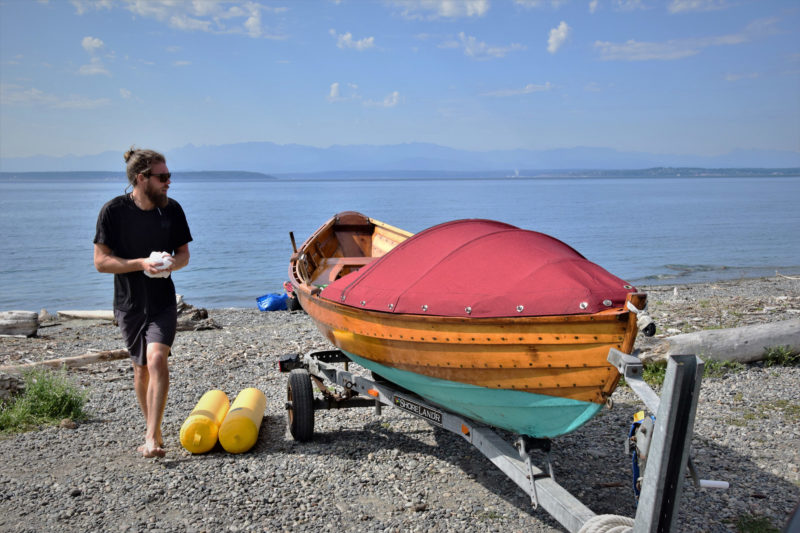 Photographs by and courtesy of Thor Belle
Photographs by and courtesy of Thor Belle
Join The Conversation
We welcome your comments about this article. To include a photo with your remarks, click Choose File below the Comment box.

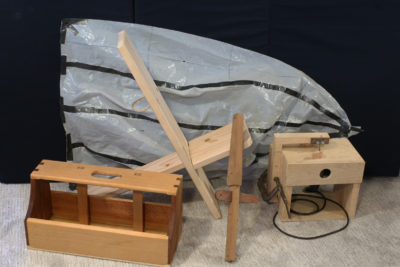
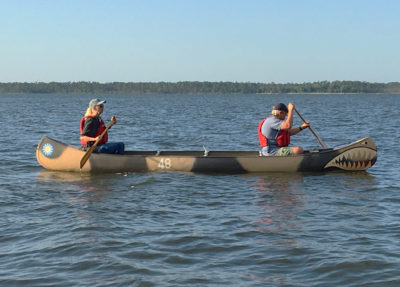
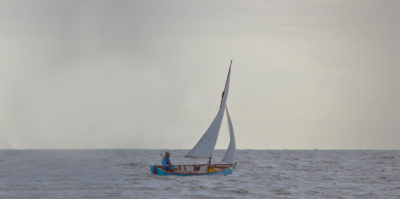
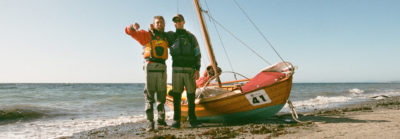
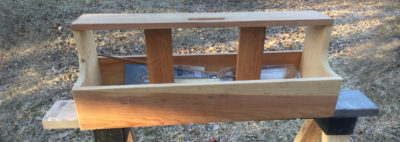
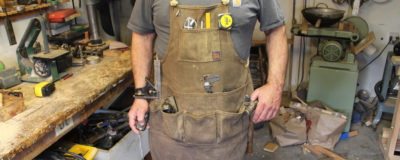
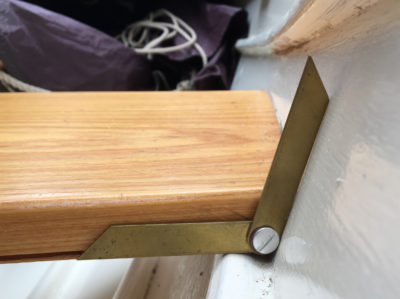

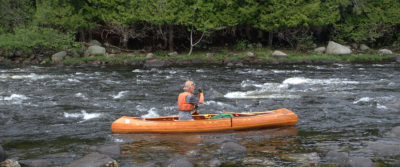


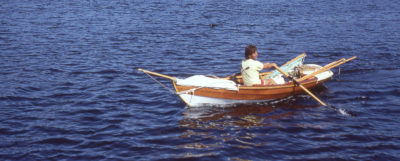
Great story, guys! Thanks for sharing it.
I really enjoyed reading this! Thank you for sharing. Aside from the leaking hull troubles, I am curious about the author’s or anyone else’s perspective on using the Hammond 16* for this kind of expedition.
*The Hammond 16 is a Swampscott dory presented in John Gardner’s The Dory Book with a page of drawings and offsets. Ed.
Thanks for sharing this story in such detail. We read it, enthralled, remembering all the details of our own journey through those beautiful, wild waters. You guys were so darn tough. Hope you keep adventuring, maybe in a slightly bigger boat. 🙂
-Team Backwards AF
I haven’t laughed so heartily, in that unique way of both appreciation and commiseration, in a long time.
Congratulations on both the journey and the retelling.
Thanks much!
The Inside Passage: it doesn’t matter where you end up. You go, you win.
Hi Guys,
Funny story. I really enjoyed it. With name like Thor and Pax, it dawn on me, you are the two bought Watermelon. I hope it does a better job of keeping the water out.
Cheers,
Uly
Loved the story and adventure! Thanks for sharing this well-written expedition!
Awesome well-written adventure. Challenging times can forge great friendships. Hoping next adventures are soon.
Well done and well written. My own adventures on the water have been more modest than this, but cold water and high winds, available even within an hour’s drive of metro Atlanta, have sharpened my own sense of mortality and humility. Thanks for sharing your story!
Your story puts me in mind of Susan Conrad’s book “Inside,” in which she describes her ordeal paddling a kayak from Anacortes to Juneau in 2010. This was a solo journey. She lives (still, I believe) in the tiny town of Oso, WA, some miles up the Skagit River.
I have paddled (with various paddling friends) on two trips in the Bella Bella area. The first time, after being deposited by the ferry at Franklin Bay, 2 or 3 miles south of Bella Bella, we started the hike into town for dinner. As we trudged along we paid little attention as a car passed us heading our direction. Ten minutes later, it came back, did a U-turn in the road, and the driver offered us a ride. He explained that the first time he saw us, his car was too loaded with stuff to accommodate us, so he unloaded his gear at home and returned to pick us up. We were very appreciative of this generous act of kindness.
During our first ride up on the ferry, a young woman was admonishing anyone planning to paddle in the area to check in with the first nations band. Which we did. Later, as we explored around the area, we had the feeling that small boats passing in the distance were checking on our welfare; as I have also become aware during Baja kayak trips, locals are often generous and kind.